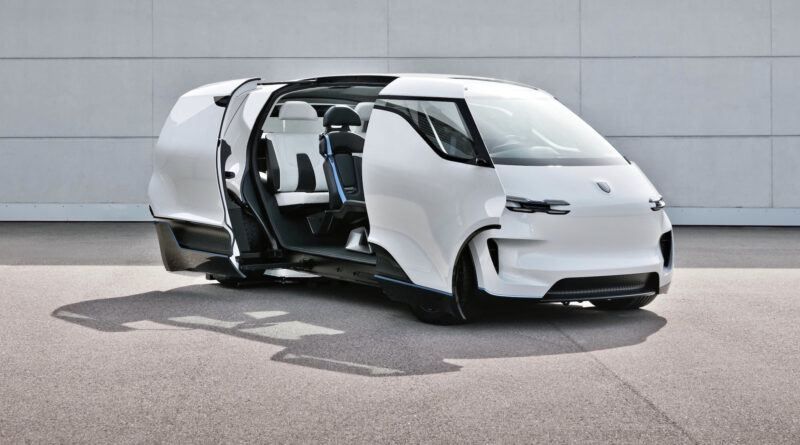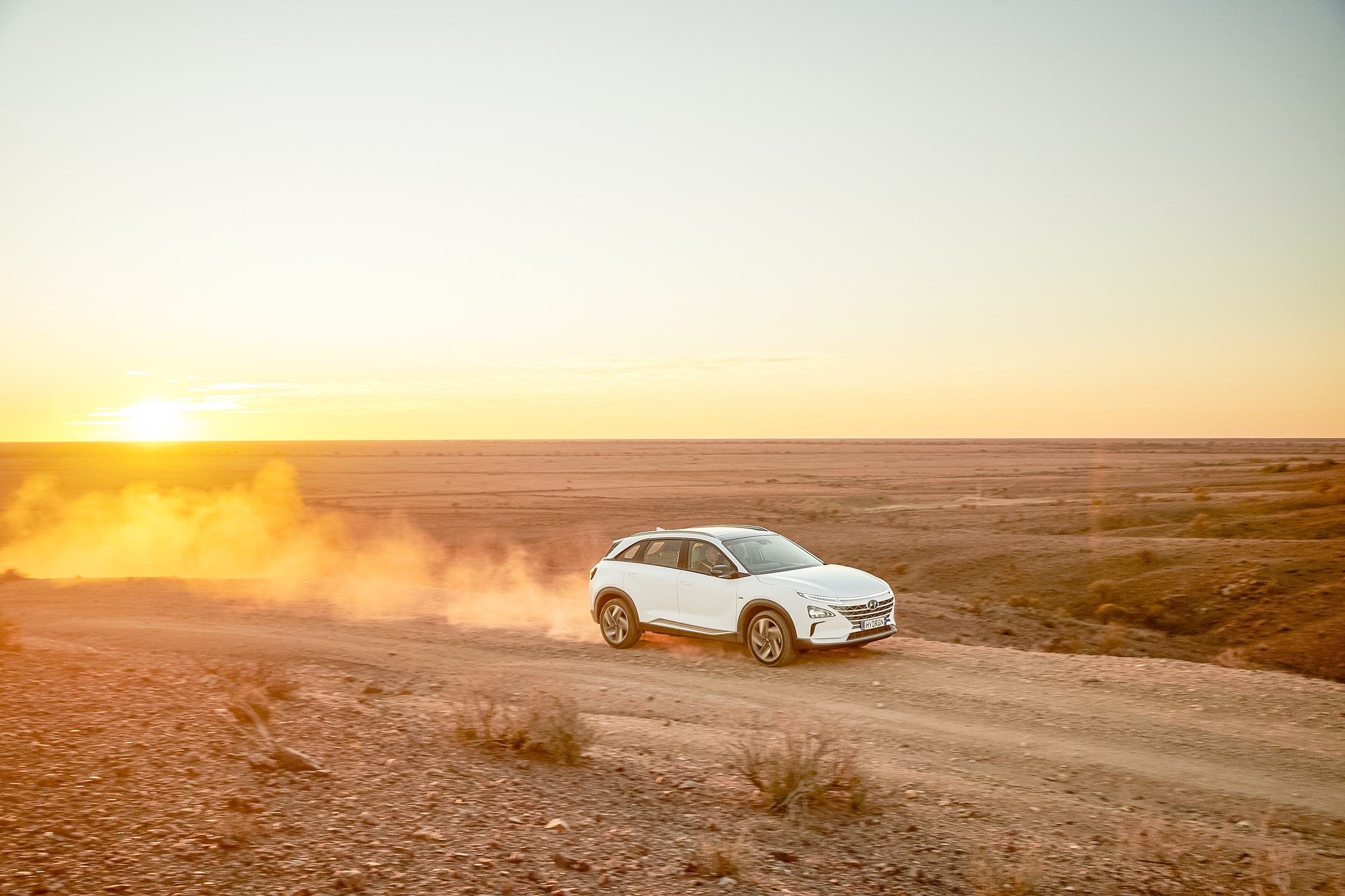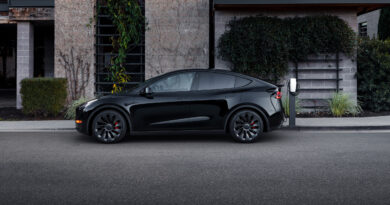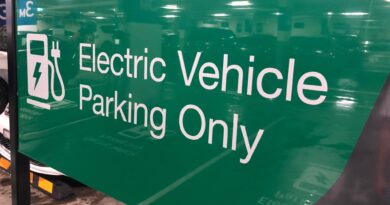Radical Porsche EV people mover showcases future interior
Porsche has created an EV people mover to showcase the interior of the future – one that has a central driver’s seat like the legendary McLaren F1.
And that interior – with Porsche says looks “far into the future” – is inspired by the K.I.T.T. Pontiac Trans Am that was the star of 1980s TV hit Knight Rider.
Known as the Renndienst – or the Renndienst Study – the sleek and sporty Porsche people mover is designed to carry six people and is driven purely by electricity.
Porsche describes it as “a vision of the day after tomorrow”.
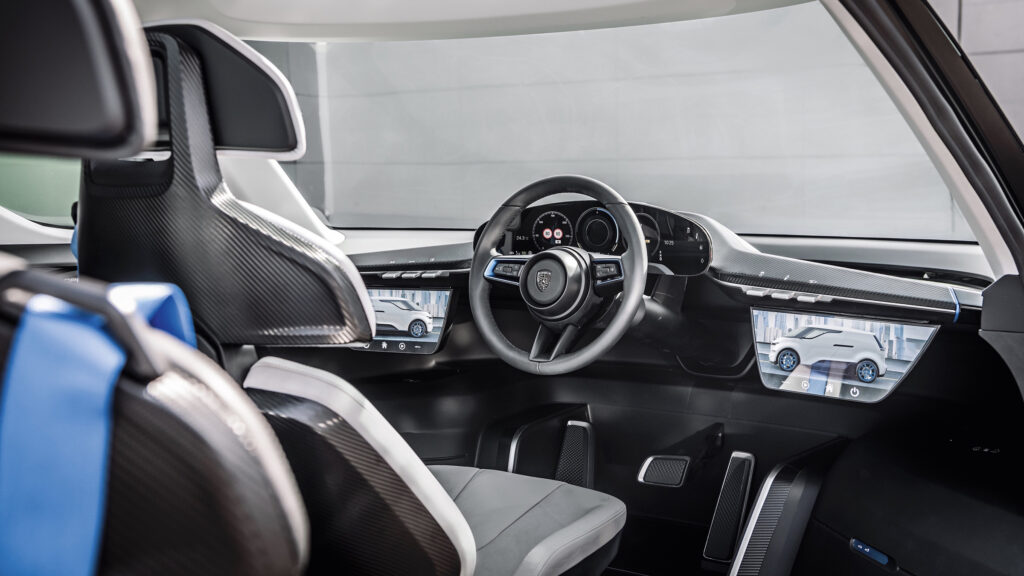
Porsche says the Renndienst “provides answers to questions that no one has asked before”.
No doubt there will be owners of the legendary 911 or the Taycan that have thought just that…
FEATURE: Porsche 911 takes on Porsche Taycan in exclusive track shootout
The original Renndienst concept was designed in 2018 and revealed by Porsche in 2020 as part of its Porsche Unseen concepts, reinforcing that the brand that once only built sports cars is prepared to think waaaay outside its traditional sphere (SUVs are these days the big seller in the Porsche showroom).
“We thought about how we could still give a distinctly Porsche flair to a passenger compartment that is so far removed from the classic sports-car interior,” says Porsche design chief Michael Mauer. “And how autonomous driving could be designed.”
While the Renndienst is designed to have driverless functionality – with areas in the cabin for working and relaxing – Porsche sees that autonomous future as still having a steering wheel.
“We don’t assume that our customers want to give up using a steering wheel,” says Mauer.
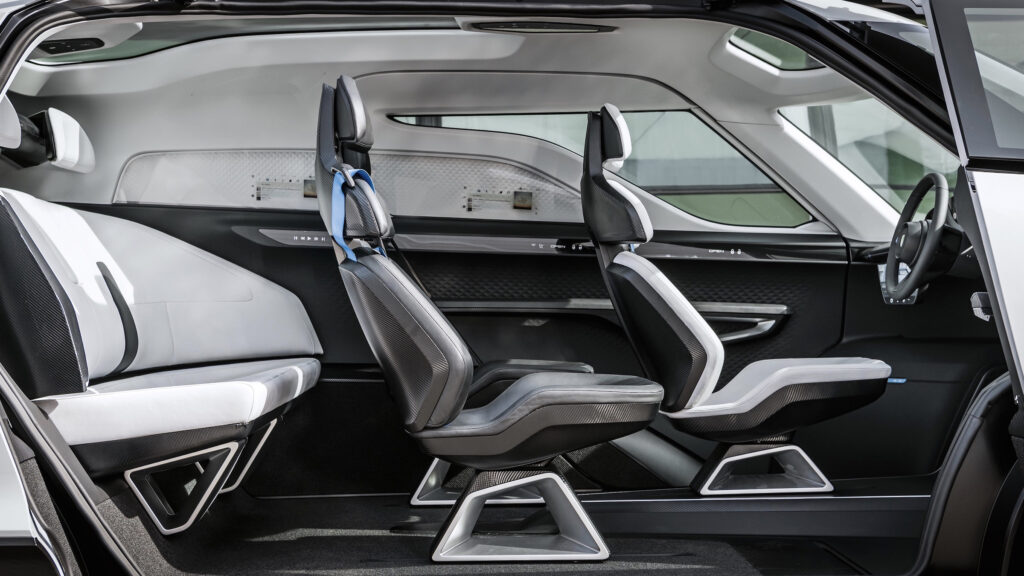
However, Porsche has rethought the positioning of that wheel, locating it in the centre of the car, as was the case in the ground-breaking McLaren F1 that from 1992 that is still considered one of the most influential supercars ever created.
“When I want to drive, I have more cockpit feeling than in any other car,” says Mauer. “And when I don’t, the driver’s seat can be rotated 180 degrees—with one swivel, it turns to face the other passengers. We worked on materialising these basic ideas for about a year.”
Porsche describes the cabin as more of a “communication centre”, albeit one that still has five circular instruments within its digital cluster, just as its sports cars do.
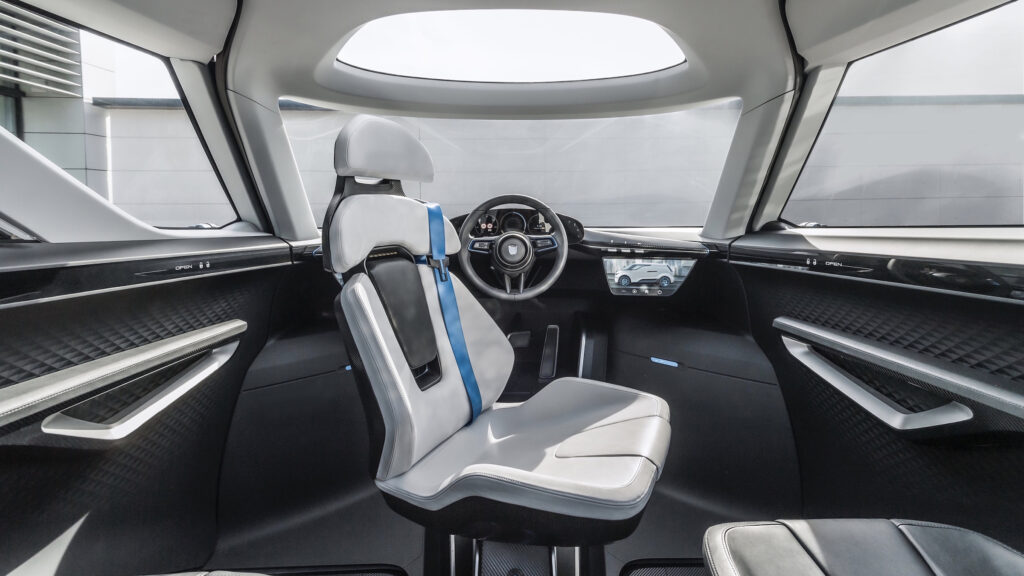
Display screens on either side of the dash can be folded away into the dashboard.
Despite the focus on tech and digital interactions, Porsche says real buttons will still play a role into the future.
“The balance between analogue and digital control panels is shifting,” says Porsche interior design chief Markus Auerbach.
“Nevertheless, haptic buttons in the vehicle cockpit are perfect because you don’t have to take your eyes off the road. However, if one day, as the driver, I have much less to do, that may change too. But we cannot solve everything through optics, because otherwise we lack dimensions.”
The Renndienst also showcases modern materials, with Porsche making the bold prediction that wood finishes “could soon make a comeback”.
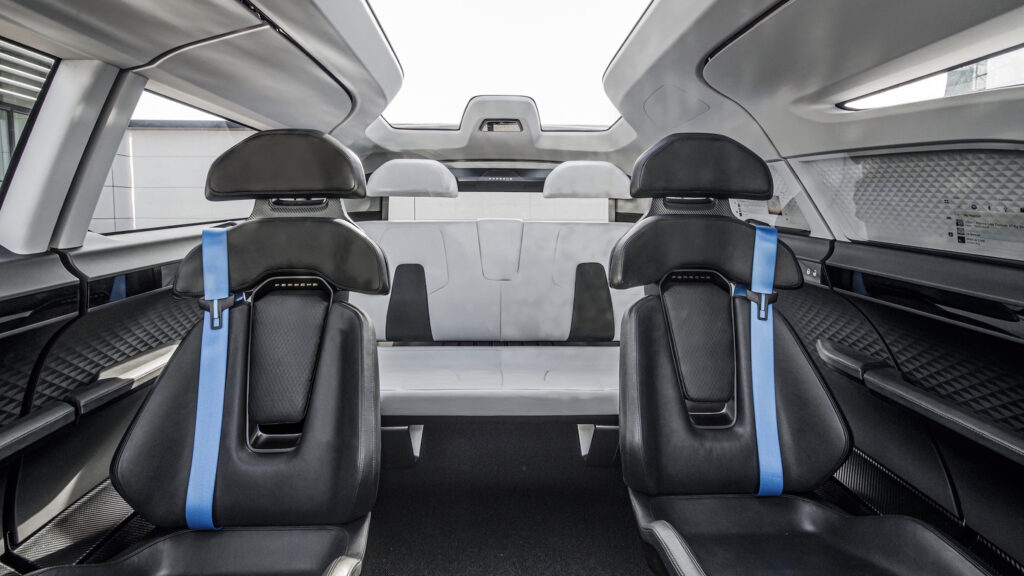
Yet at the same time the German brand says it is working on “smart materials”, “which can do something special—for example, respond to external factors and light up without being directly illuminated”.
As for the chances of the Renndiest or something like it – a Porsche people mover – making it to production, don’t hold your breath.
Porsche apparently has no plans to produce such a vehicle, although it is significant the company continues to work on it.

